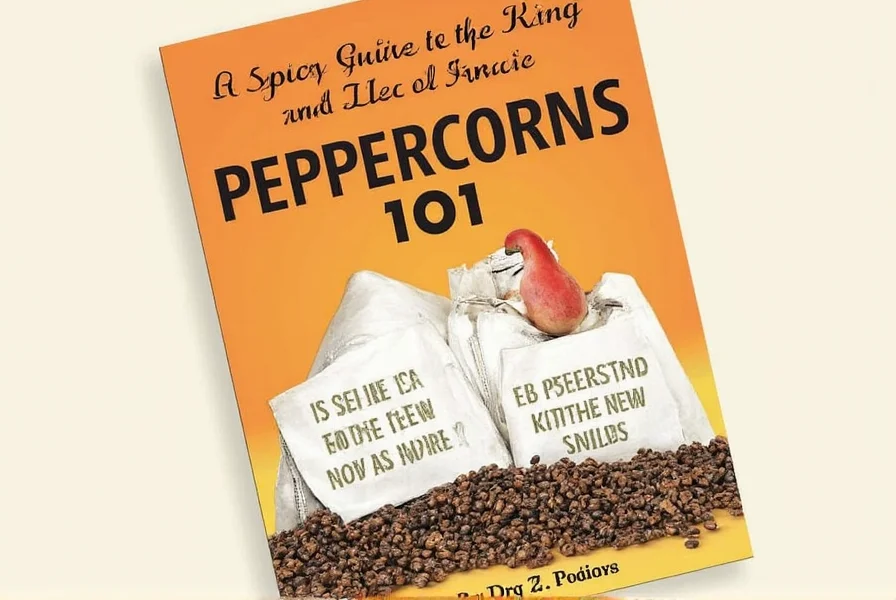Peppercorns are the dried berries of the Piper nigrum plant, a tropical vine native to South India. Despite their name, they are not related to peppers (Capsicum family), which include bell peppers and chili peppers. The name 'pepper' comes from historical confusion when European traders encountered both plants.
Types of Peppercorns
| Type | Description | Flavor Profile | Best For |
|---|---|---|---|
| Black Peppercorns | Dried unripe berries | Earthy, pungent, slightly spicy | Most dishes, especially meats and soups |
| White Peppercorns | Unripe berries with the outer layer removed | Milder, more complex, less sharp | Sauces, seafood, and light-colored dishes |
| Green Peppercorns | Unripe berries preserved in brine or salt | Fresher, grassier, less intense | Salads, sauces, and delicate dishes |
| Red Peppercorns | Ripe berries | More fruity, slightly sweet | Curries, stews, and gourmet dishes |
Culinary Uses
Peppercorns are essential in global cuisine. Black pepper enhances meats and soups, white pepper is ideal for creamy sauces without discoloration, green peppercorns add freshness to salads, and red peppercorns bring sweetness to rich dishes. For maximum flavor, grind whole peppercorns fresh before use.
FAQ
What exactly are peppercorns?
Peppercorns are the dried berries of the Piper nigrum plant, a flowering vine native to South India. Despite their name, they are not related to bell peppers or chili peppers. These small berries are harvested at different stages of ripeness and processed in various ways to create black, white, green, and red peppercorns.
Are peppercorns actually peppers?
No, peppercorns are not related to peppers (Capsicum family). The name 'pepper' comes from historical confusion when European traders encountered both plants. Black pepper (Piper nigrum) belongs to a completely different plant family than chili peppers or bell peppers.
How should I store peppercorns?
Store whole peppercorns in an airtight container away from light, heat, and moisture. A dark cupboard is ideal. Properly stored, whole peppercorns can retain their flavor for 2-3 years. Ground pepper loses potency much faster, typically within 4-6 months.











 浙公网安备
33010002000092号
浙公网安备
33010002000092号 浙B2-20120091-4
浙B2-20120091-4